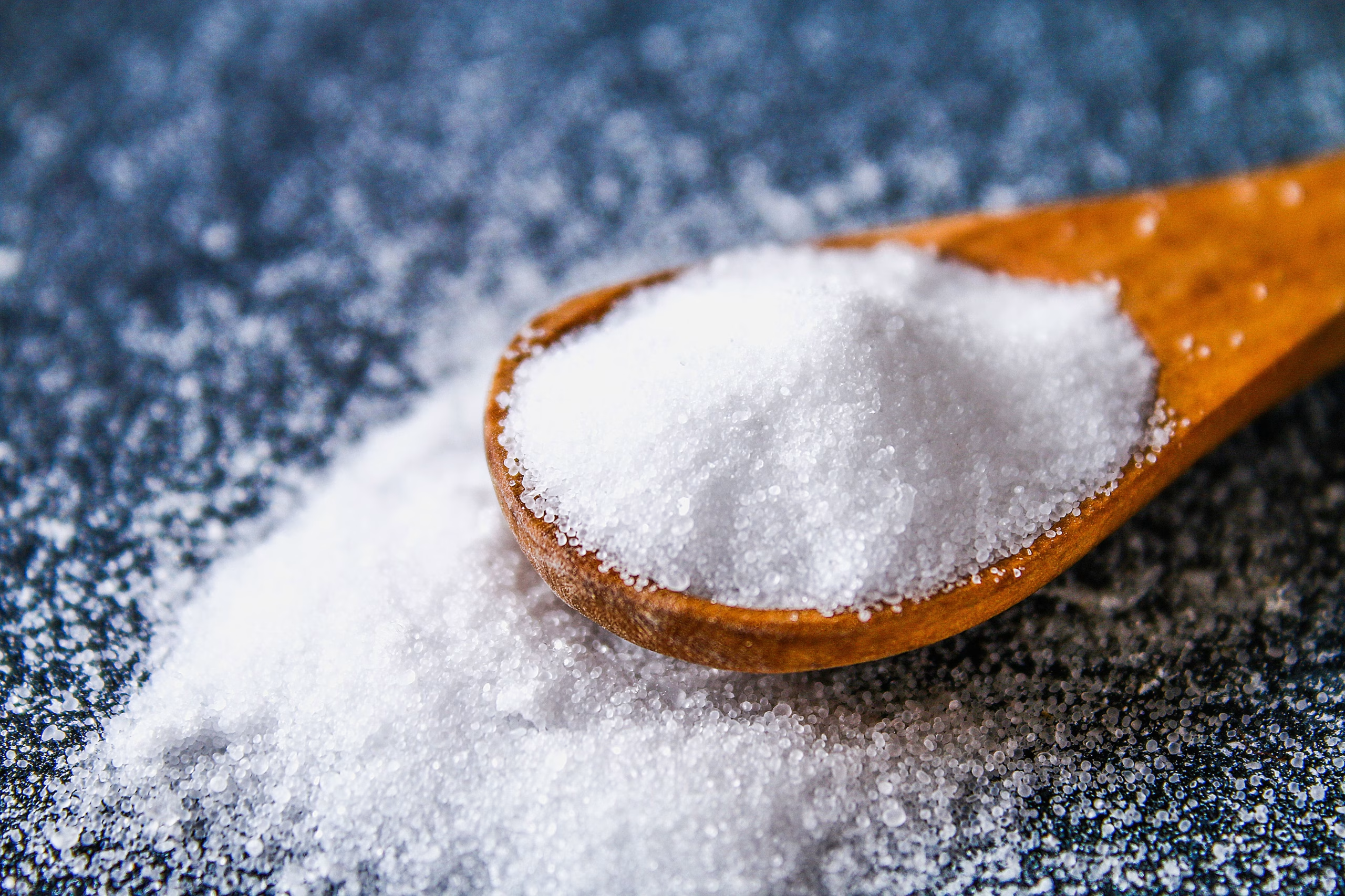
We all know the mantra:” reduce sodium and cut back on salt. “But despite years of hearing this advice, most Americans still exceed the recommended daily intake of 2, 300 mg (or 1 teaspoon) of sodium. While high blood pressure is a well-known consequence of excess salt, the impact goes far beyond that. Here’s how too much salt can wreak havoc on your body:.....See Full Story>>.....See Full Story>>
Puffy And Bloated
Ever feel tighter clothes after a salty meal? It’s not your imagination. Salt draws water into the body, leading to temporary puffiness and bloating. Drinking plenty of water after a salty meal helps flush out excess sodium and restore balance.
Unquenchable Thirst High-salt meals trigger thirst as the body tries to dilute the sodium concentration in the blood. This is why you might reach for more water after a restaurant meal loaded with hidden sodium.
Throbbing Headaches
For some, salt spikes can trigger headaches. A 2014 study linked high salt intake to frequent headaches, with both normal and high blood pressure individuals experiencing relief when they reduced their sodium intake.
Eczema Flare- Ups
Emerging research suggests a link between high-salt diets and eczema. Excess salt may trigger the immune system, leading to inflammation similar to what allergens and irritants can cause.
Increased Stomach Cancer Risk
Studies show a connection between high salt intake and stomach cancer, although the exact cause is unclear. Processed meats, salted seafood, and fermented vegetables may pose a higher risk.
Kidney Stone Formation
Excess salt raises calcium levels in urine, increasing the risk of kidney stones. These stones form when calcium combines with other substances and crystallize. Dementia Risk On The Rise
A 2018 study linked high-salt diets in mice to dementia. Researchers believe this may also be true for humans, with high salt intake potentially leading to inflammation and hindered blood flow in the brain.
Reducing Your Salt Intake
Cook More at Home
This allows you to control the amount of salt added to your meals. Explore flavorful herbs and spices to add zest without sodium.
Request Low-Sodium Options
When dining out, ask for your food prepared without salt, allowing you to add it at the table if needed. Opt for grilled proteins and side dishes like vegetables or salad.
Read Food Labels
Be mindful of hidden sodium in packaged foods.
Remember, moderation is key. While salt is essential for flavor, being mindful of your intake can significantly benefit your overall health. Talk to your doctor about your sodium intake and get regular blood pressure checks to ensure you’re on the right track.